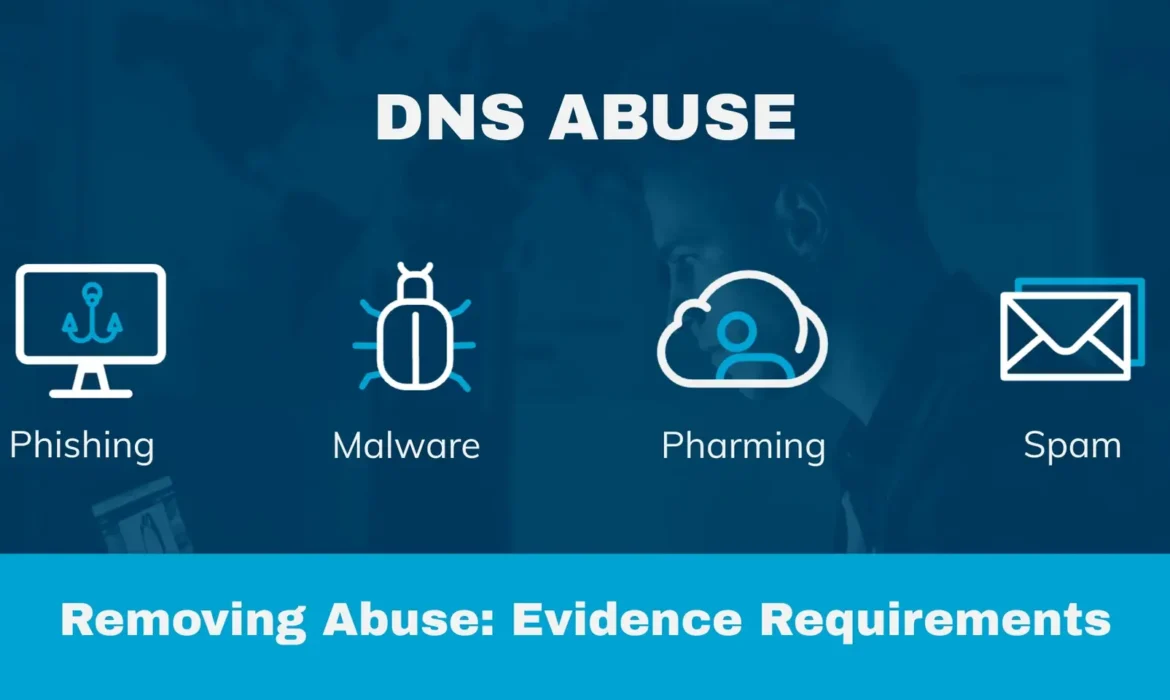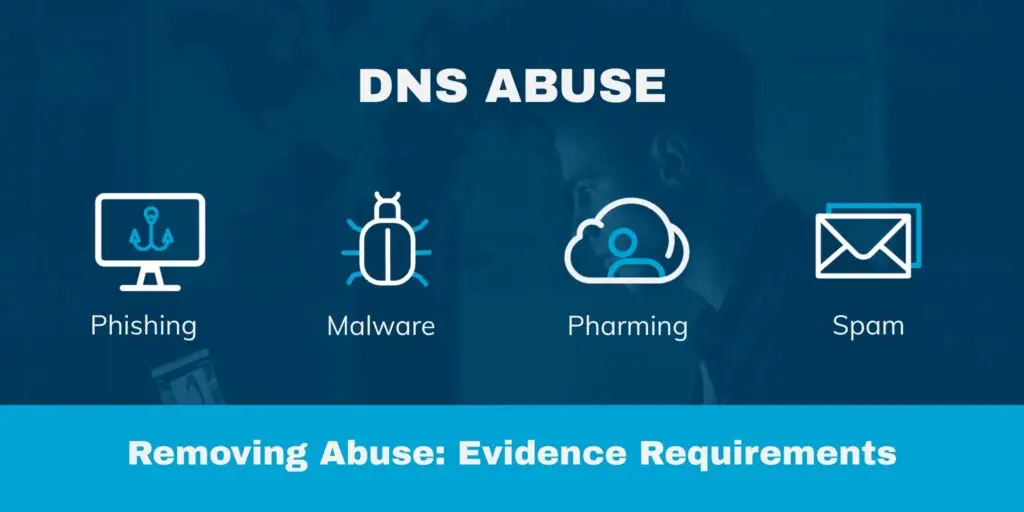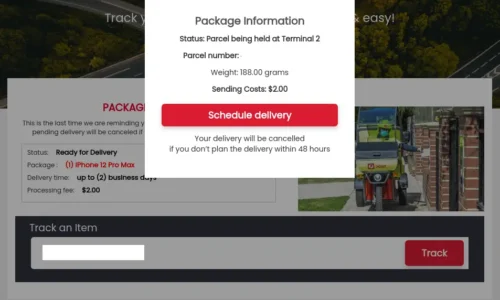

The rise of fake websites used in phishing attacks has prompted a closer examination of how domain name abuse is handled. One of the biggest challenges in enforcement is distinguishing between DNS abuse—where the domain system itself is weaponized—and content abuse, which pertains to the material hosted on a website. The interpretation of these issues often varies depending on the registrar and the nuances of each case or complaint.
In this blog, we explore the key differences between DNS and content abuse and provide guidance for enforcement specialists on ensuring complaints are not dismissed as mere content issues—thereby increasing the chances of effective action by registrars under their DNS abuse obligations.
What is DNS Abuse?
DNS abuse refers to the exploitation of the domain name system itself for malicious purposes. The DNS Abuse Framework, widely accepted by registrars and registries, defines DNS abuse as activity involving:
- Malware – Distribution or hosting of malicious software.
- Botnets – Use of domains to control a botnet infrastructure.
- Phishing – Deceptive use of domain names to trick users into providing sensitive information.
- Pharming – Redirecting users to fraudulent websites through DNS manipulation.
- Spam (when used to propagate abuse) – Mass unsolicited messaging linked to one of the above threats.
Because DNS abuse directly involves the registration and resolution of domain names, registrars and registries have clear obligations under the RAA to take action against domain names used in such attacks. Many leading registrars have policies to suspend or take down domains engaged in these forms of abuse
What is Content Abuse?
Content abuse, on the other hand, refers to the misuse of a website’s content rather than the domain name system itself. Examples of content abuse include:
- Defamation – False or damaging statements about individuals or entities.
- Illegal or Harmful Content – Includes child exploitation, hate speech, or explicit content.
- Copyright Infringement – Unauthorized use of copyrighted material.
- Fraudulent Content – Scams, fake e-commerce stores, and misleading information that do not directly involve DNS manipulation.
Registrars generally do not police content abuse unless required by law. Instead, responsibility typically falls on web hosting providers, law enforcement, or other content-related regulatory bodies.
Clear Cases of DNS and Content Abuse
When addressing online abuse, some cases clearly qualify as DNS abuse, while others fall under content abuse. Understanding these distinctions helps enforcement officers determine the most effective approach for successfully removing the infringing content or website.
DNS Abuse:
- A newly registered domain (e.g., secure-payments[.]com) is used in phishing attacks, attempting to harvest banking credentials.
- A domain is hosting a command-and-control server for malware distribution.
- A domain is set up with fraudulent DNS records to reroute traffic to malicious websites (pharming attack).
Content Abuse:
- A blog post on a legitimate domain contains defamatory statements about a company.
- A website sells counterfeit goods under a well-known brand name.
- A news website posts misinformation or harmful political propaganda.
FakeShops Blur the Line
Fakeshops cause much debate on this issue. Generally, fakeshops involve a domain being registered explicitly to deceive users (e.g., nike-official-sale[.]com) and copies the look and feel of the legitimate website to deceive users, often harvesting their user and financial information.
In some cases, registrars ignore complaints without solid proof. However, when a domain name is deliberately designed to imitate a legitimate brand and mislead users into providing credentials or making payments, the registrar should be compelled to act. For instance, if the domain name explicitly includes the brand (e.g., nike-official-sale[.]com), it misleads visitors into believing they are interacting with an authorized site. By gathering personal and financial information through such a deceptive URL, the operation falls under phishing and fraudulent registration practices, even if the complainant cannot prove exactly how the information is being used by the bad actor.
In our experience, providing strong evidence—such as screenshots of data harvesting techniques—is crucial for achieving enforcement outcomes. Simply stating that a website has copied your client’s site is not enough. You need to highlight the phishing elements, demonstrate the risks to consumers, and support the complaint with solid evidence.
Providing Evidence to Support a DNS Abuse Classification
In ambiguous cases, providing evidence to support the classification of an issue as DNS abuse can be crucial in persuading registrars to take action. Additional evidence that can assist in getting the domain name removed, include:
- Domain Registration Patterns: Evidence of bulk registrations by the same entity using fraudulent details, indicating malicious intent from the outset.
- Historical Abuse Reports: Domains registered by the same entity that have previously been involved in abuse (e.g., phishing or malware distribution).
- Rapid Domain Lifecycle: Domains used briefly for attacks before abandonment suggest intent for abuse rather than legitimate use.
- DNS Configuration Anomalies: Sudden or suspicious changes in DNS records that align with known attack tactics, such as fast-flux hosting.
- Association with Known Malicious Networks: WHOIS data, name servers, and hosting infrastructure linked to other abusive domains can strengthen the argument for DNS abuse.
There are some great tools online that can assist in compiling this evidence, or tools like Unphish or CleanDNS automate this evidence collection process.
The Importance of Distinction in Enforcement
Understanding the distinction between DNS abuse and content abuse is critical in online enforcement. Registrars have a direct role in mitigating DNS abuse, while content-related concerns are typically handled by hosting providers and legal entities. This differentiation is vital for streamlining enforcement processes and ensuring appropriate action is taken against malicious actors while respecting due process for domain holders.
For brand protection, cybersecurity professionals, and regulatory bodies, aligning enforcement strategies with this distinction ensures effective takedown of threats while avoiding unnecessary overreach into content-related disputes.



